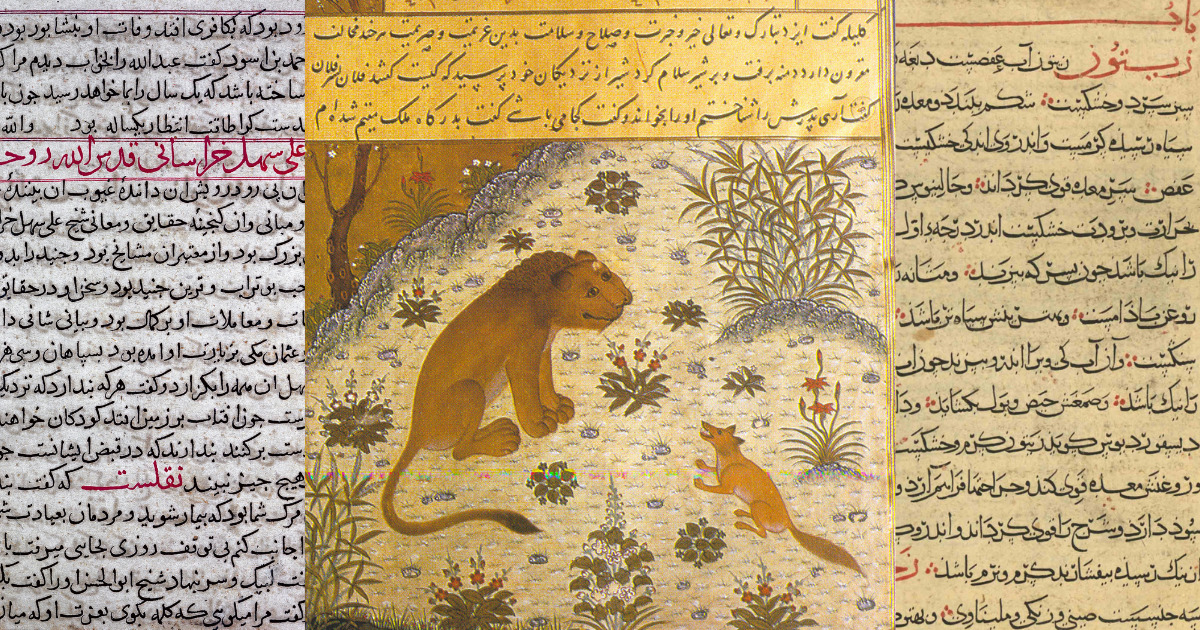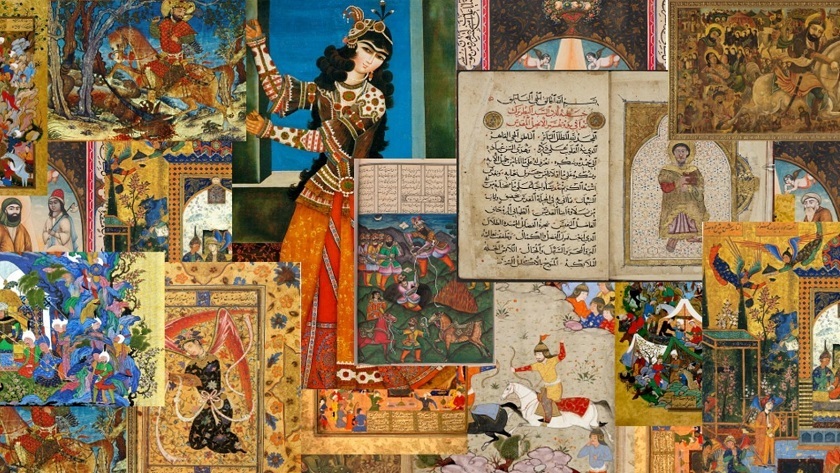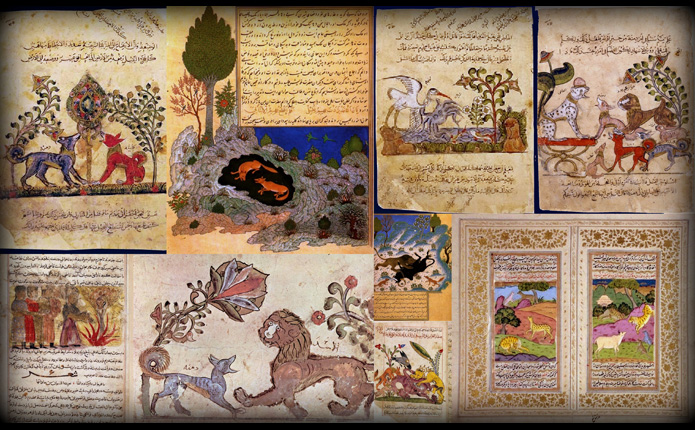While Persian poetry often takes center stage in discussions of Iran’s literary heritage, classical Persian prose boasts its own golden lineage of wisdom, storytelling, and rhetorical mastery. From royal manuals to saintly biographies, moral parables to picaresque adventures, these prose works shaped not only the Persian language but the very ideas of governance, ethics, and identity. Here’s a guided tour through its rich terrain.
1. Early Foundations: From Pahlavi to New Persian
-
Pahlavi and Sassanid Chronicles: Before Islam, Middle Persian (Pahlavi) texts like the Khwaday‑nama (Book of Kings) and Zoroastrian doctrinal works laid a narrative and moral groundwork—mixing myth, history, and religious teaching.
-
The Rise of New Persian (9th–10th c.): After the Arab conquest, Persian gradually returned as a written language. Early prose appeared in administrative manuals, court correspondence, and translations of Arabic texts (the Qur’an, kalam theology), establishing New Persian script and style.
2. The Mirror for Princes: Politics and Ethics in Prose
Courtly patronage demanded guides to righteous rule and social order. Two landmark treatises set the tone for centuries:
-
Nizam al‑Mulk’s Siyāsatnāmeh (11th c.)
-
Purpose: Advice to Seljuq sultans on justice, administration, and public welfare.
-
Form: Didactic anecdotes—ministers, merchants, poets, and beggars illustrate principles like impartial justice and meritocracy.
-
-
Nasir al‑Din Tusi’s Akhlaq‑i Nāsiri (13th c.)
-
Blend: Aristotelian ethics woven with Qur’anic injunctions and Sufi insights.
-
Legacy: Became the standard manual on individual and social virtues in madrasas across the Persianate world.
-
3. Moral Tales and Courtly Wit: Saadi and Jami
Prose didacticism reached dazzling heights when mingled with poetry:
-
Saadi’s Golestan (The Rose Garden, 1258): Eight chapters of short, entertaining parables in prose, each punctuated by lyrical quatrains. Topics range from kingship and contentment to love and ambition, all delivered with gentle humor and piercing insight.
-
Jami’s Bahāristān (The Spring Garden, 15th c.): Modeled on Saadi, Jami’s seven‑part book blends Sufi allegory with moral stories, closing each tale with a pithy couplet—bridging narrative and verse to guide both ruler and seeker.
4. The Maqāmah: Prose as Literary Game
A playful, rhetorically ornate genre prized for virtuosity:
-
Definition: Highly stylized episodic prose mixing rhyme, puns, and sudden shifts in register.
-
Masters:
-
Badiʿ al‑Zaman al‑Hamadhani (d. 1007) in Arabic;
-
Sadīd al‑Dīn Mahmud al‑Isfahanī (12th c.) and Awfi in Persian.
-
-
Features: Clever rogues, mock‑heroic adventures, and the storyteller’s dazzling display of linguistic agility.
5. Hagiography and Tadhkira: The Lives of Saints
Persian prose also charts the mystical path through biographies:
-
Ṭadhkirat al‑Awliyāʾ (Remembrance of the Saints): Collections by Attar, Farīd al‑Dīn ʿAṭṭār, and later by Jalāl al‑Dīn ʿUlwī, narrating the miracles and teachings of Sufi masters.
-
Impact: These works were read as both history and spiritual guide—models of asceticism, devotion, and ethical perfection.
6. Travelogues and Encyclopedias: Expanding Horizons
Curiosity about the wider world yielded vivid prose accounts:
-
Ibn Baṭṭūṭa (14th c.): Though primarily in Arabic, his Riḥla influenced Persian writers and was translated into Persian.
-
Ḥamd-Allāh Mustawfī’s Ḥudūd al‑ʿĀlam (The Regions of the World, early 14th c.): A concise geographical and cultural survey of the known world, combining empirical observation with folk anecdotes.
-
Tafāriq al‑Malāʾikah and Masālik al‑Mamālik:* Administrative and trade route manuals that informed both statecraft and mercantile ventures.
7. Stylistic Hallmarks of Classical Persian Prose
-
Clarity & Balance: Even in moral or technical treatises, prose favors succinct aphorism and well‑balanced sentences.
-
Interplay with Verse: Prose narratives often embed quatrains or couplets, creating a rhythmic counterpoint.
-
Allegory & Anecdote: Didactic goals achieved through memorable stories rather than abstract argument.
-
Courtesy & Politeness: Reflecting social codes, address and politeness formulas (to kings, scholars, or students) structure the prose.
8. Why Read Classical Persian Prose Today?
-
Timeless Wisdom: Insights on justice, leadership, and ethics that resonate across cultures and eras.
-
Narrative Pleasure: Masterful storytelling—from picaresque humor to stirring saintly lives—still captivates modern readers.
-
Linguistic Elegance: A showcase of Persian’s capacity for precision, subtlety, and poetic resonance, even in “plain” prose.
Conclusion
Before novels and modern essays, classical Persian prose provided a versatile canvas for thinkers and storytellers alike. Whether guiding kings, illustrating ethics, celebrating saints, or dazzling with rhetorical flair, these works laid the foundations for a literary tradition that extends far beyond verse. Exploring them reveals not only the roots of Persian storytelling but a treasure trove of ideas still vital in our own age.





